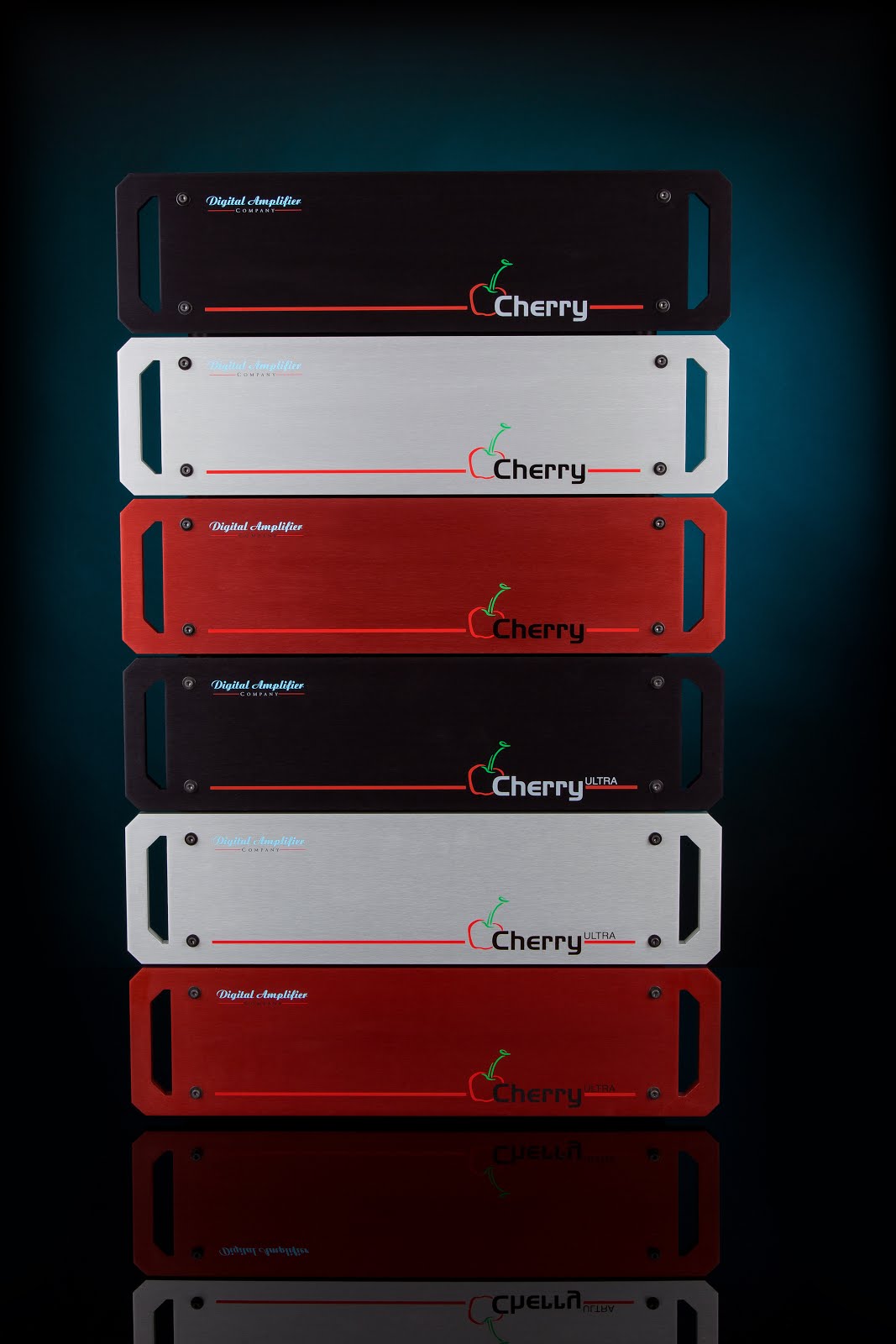When it comes to preamps, I prefer balanced to unbalanced. My reference tube preamp is an AR SP9, and that's single ended (unbalanced). It sounds very nice with the adapters, but it's a little noisy for my tastes. Balanced preamps are typically quieter end-to-end. A black background is an important advantage to our amps.
Some people define "true balanced" differently than others. To me, it means that all signals are handled differentially throughout. That means double the contacts on selector switches, double the number of pots on volume controls, and double the number of gain stages. Some think that the disadvantage of double the gain stages, even though they work in parallel, is not worth the trouble, so they convert the inputs to single ended. The signals are then processed one per channel until it is converted back to differential (balanced) in the end. Tube units typically do this with a transformer.
You can think of it this way... Every stage of the preamp adds some noise and distortion (even if it's near zero). If you add the exact same noise and distortion on the positive version of the signal as on the negative side, they cancel out. This assumes that the error signal is exactly the same on both polarities, and that's pretty unlikely. Due to that issue, it is twice as important to have low noise and distortion in all gain stages of a truly balanced design, making it twice as difficult to achieve the same result.
In an "internally single ended" design, the signals are converted to single ended before processing. Special handling is necessary for low noise and distortion since you can't cancel out common mode "errors". One unit that converts to balanced at the end of the chain is the Purity One from Bella Extreme with the balanced output option. I'm trying to get one of those to try out.
Thursday, April 15, 2010
Thursday, April 8, 2010
Remote Standby Operation
The remote jack on the back of DAC4800A and Cherry amplifiers allows you to force the unit into standby from an external source to save power. Some home theater systems have a control signal output that can be used to control the amp's standby operation.
The input takes less than a milliamp to drive. When the input is below 2V, the amp is placed in shutdown. When it is above 3V, the amp is active. When the input is not connected, the amp is active in the case of the Cherry, or controlled by the user in the case of the DAC4800A. The DAC4800A has a pushbutton standby control, and external control overrides the user setting. The Cherry series of amps does not have a pushbutton standby control.
The plug is a stabndard 2.5mm size barrel type, typically used by "wall warts".
The input takes less than a milliamp to drive. When the input is below 2V, the amp is placed in shutdown. When it is above 3V, the amp is active. When the input is not connected, the amp is active in the case of the Cherry, or controlled by the user in the case of the DAC4800A. The DAC4800A has a pushbutton standby control, and external control overrides the user setting. The Cherry series of amps does not have a pushbutton standby control.
The plug is a stabndard 2.5mm size barrel type, typically used by "wall warts".
Subscribe to:
Posts (Atom)




